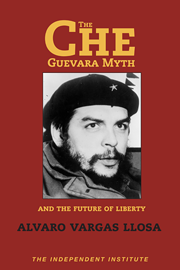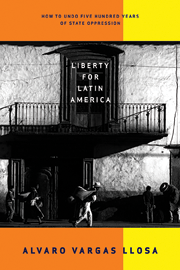ANENECUILCO, Mexico—I wish my American friends who fret about Mexican immigrants could be here with me. Listening to Emiliano Zapata, a laborer who happens to be the grandson and namesake of the legendary Mexican revolutionary, they perhaps would get a clearer sense of how the migration of Mexicans originated a few decades ago and why it continues today.
The state of Morelos is where Zapata’s revolution—one of the various armed struggles that made up the multifaceted Mexican Revolution—started almost a century ago, before it spread all across the south of Mexico. Zapata was a mestizo whose lifelong mission was the return of land to indigenous people who had been dispossessed by Europeans. The Institutional Revolutionary Party, or PRI, which was a byproduct of the revolution and governed Mexico for almost the entire 20th century, styled itself “Zapatista” and staked its legitimacy in great part on a massive land reform. Today Zapata’s grandson, who lives in misery, tells me why the legacy of the revolution is an unmitigated failure with respect to peasants in the countryside.
“The land was given to the people, all right,” says Emiliano. “Under the ejido system, a plot of land was handed to peasant villages and communities, and each one appointed a commissar to preside over it. Then the politicians bribed or co-opted the appointees and politicized the whole thing. The local party bosses would get the commissars to inflate the price of public works in their villages and towns, splitting the excess money with them. The commissars would also ensure that the ejidatarios gave political support to the party.“
Emiliano was raised in Cuautla. He grew up listening to stories of his grandfather’s exploits told by his father, Nicolas, and dreamed of owning some land. “All I could get hold of,” he remembers, “were a few cows. I had to sell them because the government started to produce and sell milk at subsidized prices, and ruined me.”
He tried to obtain credit to buy land. After all, everywhere he went he came across speeches by the president or the state and local authorities claiming to be Zapatistas and promising to help redeem the Mexican peasants. “But the credit was reserved for the cronies and families of the politicians. I wrote letters to the authorities—and not once did they grant me a interview.”
Today, he lives in poverty under a tin roof in Anenecuilco, where his grandfather was born. His wife sells tortillas—the best I have tried in Mexico—and he gets up at 5 a.m. every day to go and clear the land on somebody else’s property with a chain saw.
What has been the consequence of a century of collectivization of the land? In the 1990s, when trade policies became more liberal, Mexico’s rural population found itself caught up in an extremely inefficient system that was undercapitalized, making it very difficult for Mexican peasants to compete with the outside world. When the government finally allowed the villagers to sell the ejidos, something they had been prevented from doing since 1917, many of them put their land on the market and left for Mexico’s cities. When the urban areas did not offer improved conditions, they migrated to the United States. “If my grandfather came back,” ponders Emiliano, “he would die of sadness.”
Mexico’s official history has always maintained that Zapata fought for a socialist revolution. He did not. Zapata was many things—a womanizer, a drinker, an occasional bandit. Some of his ideas were muddled, but he was no socialist. As the son of small-property owners—they lived in an adobe house whose ruins I visited in Anenecuilco—Zapata genuinely wanted his people to own their land. He mistrusted the state: He even refused to sit in the presidential chair when, in 1914, he and Pancho Villa entered Mexico City, seemingly on the verge of total victory in their revolution.
There is an ironic little coda to the story of the grandson, the landless Zapatista: A few years ago, some of his children tried to enter the United States in search of a better future—a topic Emiliano was reluctant to discuss.
The current Mexican government’s best efforts notwithstanding, it will take decades for Mexico to undo the legacy of what became a crooked revolution. As I look at Zapata’s tomb in Cuautla’s Parque de la Revolucion, his grandson standing next to me—the same mustache, the same nose, the same mischievous eyes—I say to myself, “Indeed, he would die of sadness.”












